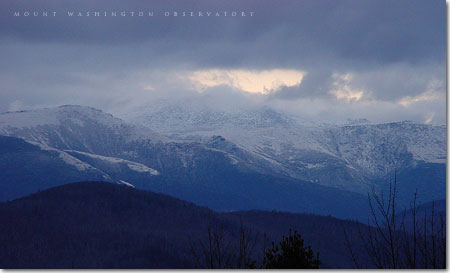

Forests are largely affected by climate change as their species diversity, vertical structure, and diversity of the insects, birds and other species that they provide habitat for, are all altered by changing climate. Mining, logging and clearing for agriculture and pasture currently contribute close to 25% of annual anthropogenic emissions of carbon dioxide. Generally speaking, impacts on forests include dramatic shifts in habitat boundaries, especially in areas that include alpine regions, and tundra, where temperature increases would be highly altering. Shifts in wetland boundaries and coastal areas are also predicted, as temperatures and sea level rises, and precipitation changes.
The following forest predictions are based on a Bioclimatic Classification Scheme by Holderidge (1947). Looking at a simple basic forest model and bioclimatic scheme using 2 x CO2 as the change factor, Holderidge predicts the effects on the four major bio-climates: tropical, temperate moist, arid, and boreal-polar. As it is still speculated how climate change will change precipitation levels on different scales, each of these regions are examined by how precipitation changes will influence the forest types.
Tropical: (South America, Africa, Southern Asia)
Tropical bioclimates, which usually experience little climatic seasonality, are highly affected by changes in precipitation from global climate change. With no change or a decrease in precipitation the tropical forest could develop into a 'drought-deciduous' type. With an increase of precipitation tropical forest would become an "extra-equatorial rain forest", something that actually does not exist today.
Temperate Moist: (North America, Europe, Asia (north of India), Southern tip of South America)
These bioclimates are characterized by a relatively greater degree of climatic seasonality. The model predicts for the temperate moist forests, a loss or no precipitation change could cause grasslands and deciduous forests to shift toward dry, warm-temperature vegetation / shrubland. An increase in precipitation would shift grasslands / forests to broadleaved evergreen woodland forests.
Arid: (Southwestern U.S., Northern Africa, Tibetan Plateau, etc.)
Arid bioclimates also experience less climatic variation. Global warming accompanied by a decrease of precipitation would lead to further drying with desert conditions and vegetation. An increase of precipitation would most likely create arid grasslands. Shrubland could act as the transition zones to drought deciduous forests and tall grasses.
Boreal-Polar:
These regions consists of temperate / sub-polar evergreen needle-leaved forests, cold-deciduous needle-leaved woodlands, tundra, and ice / polar desert. A doubling of CO2 would lead to an increase of temperate vegetation in the boreal regions, and boreal vegetation in tundra / permafrost regions.
Ecosystems
A largely
predicted effect of climate change on many ecosystems is
the shrinking of habitats from a warming climate and the
increased occurrence of extreme weather events, such as
typhoons, cyclones and tornados, and hurricanes. Both of
these factors could heavily affect species diversity in
tropical areas, which are less tolerant of extreme
variations in temperature and precipitation. Essential to
remember is that forests provide food, medicine, water
purification, recreational and spiritual benefits for
human beings, along with biodiversity and carbon storage
for the natural environment.

Ecosystems,
as varied, diverse and interdependent systems, are
predicted to have numerous different responses to climate
change. A rise in global temperature, change in
precipitation, increase in CO2 and acid deposition, rise
in sea levels, drying of continental areas- these will
all have different effects on ecosystems.
Sources:
Gates, David. Climate Change and its Biological Consequences. Sunderland, Mass. Sinauer Associates, c1993.
Union of Concerned Scientists - The Science of Global Warming (www.ucsusa.org/warming/gw.science.html).